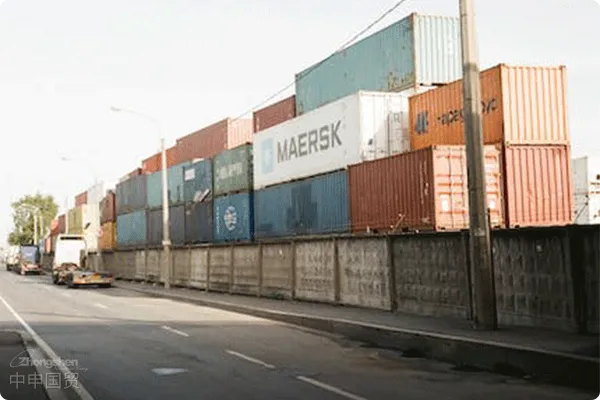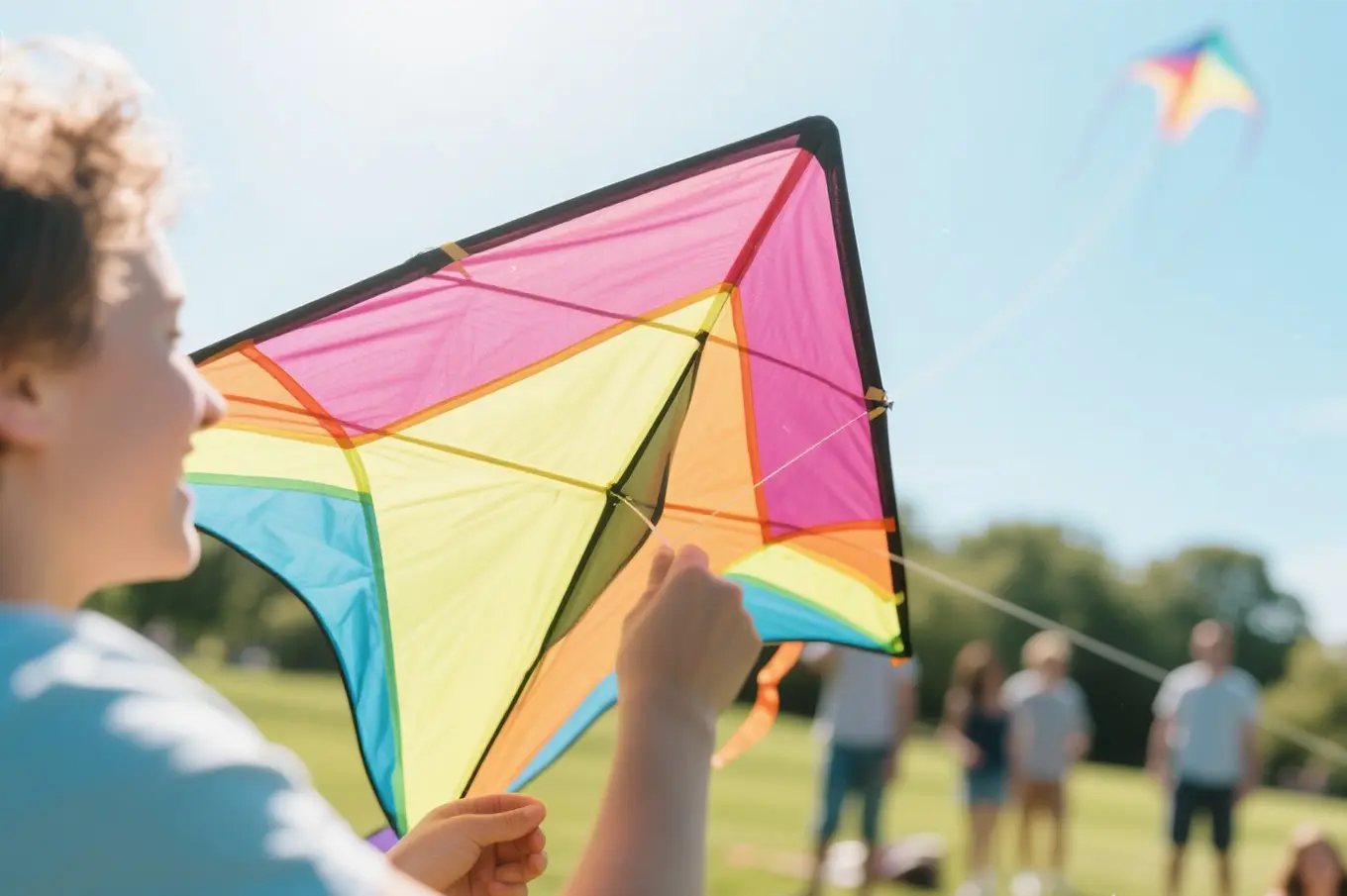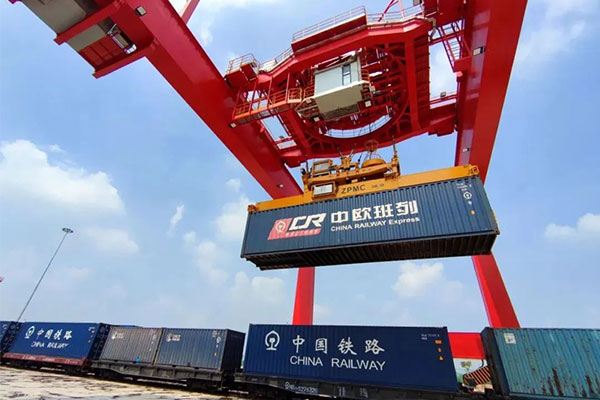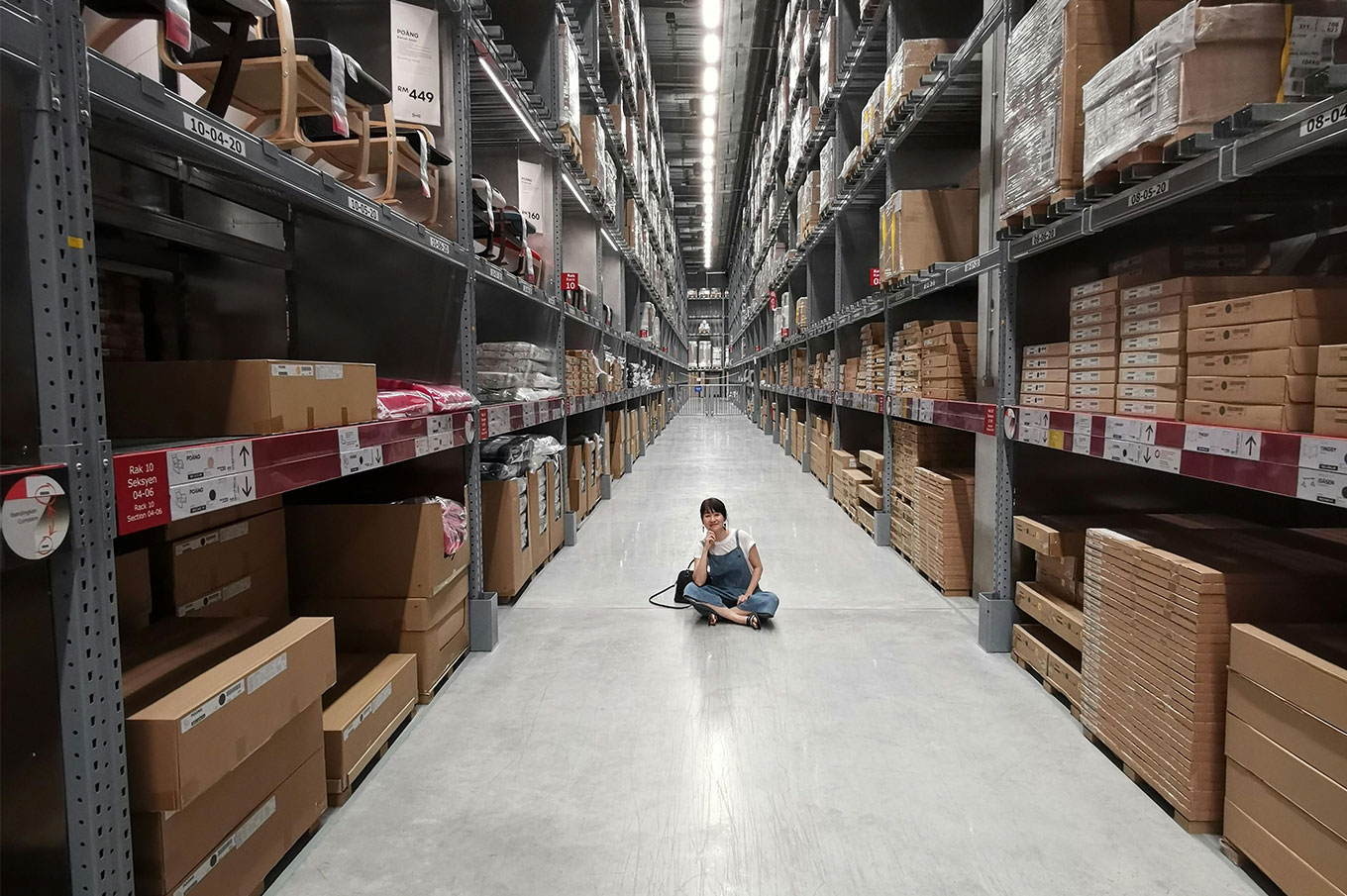- Shanghai Zhongshen International Trade Co., Ltd. - Two decades of trade agency expertise.
- Service Hotline: 139 1787 2118

In the context of the globalized trade pattern, lampsCompulsory certificationare a potential business opportunity. However, to successfully export lamps to Russia, a series of requirements need to be met and corresponding preparations need to be made.
I. Certification Requirements
EAC certification
– The EAC certification is the fundamental passport for lighting fixtures to enter the Russian market. It covers various requirements such as safety and electromagnetic compatibility for lighting products. For lighting fixtures, their electrical insulation performance, fire resistance, and other aspects must comply with the standards of EAC certification. For example, the housing materials of lighting fixtures must possess a certain fire resistance rating to prevent fires caused by overheating or other reasons during use.
– During the certification process, detailed technical documents of the luminaire must be provided, including circuit diagrams, user manuals, product specifications, etc. These documents will serve as crucial evidence for evaluating whether the luminaire complies with Russian standards.
2. GOST – R Certification (in certain cases)
– In certain specific types of luminaires or under special customer requirements, GOST-R certification may also be necessary. This certification imposes strict regulations on the quality and performance indicators of luminaires. For example, for luminaires designed for special purposes, such as industrial lighting fixtures, specific requirements of GOST-R certification must be met in terms of brightness, light distribution, and other aspects.
II. Product Standard Requirements
Electrical Safety Standards
- Russian electrical standards require that the working voltage, current, and other parameters of lighting fixtures must remain within safe limits. The internal wiring of the fixtures must be properly arranged, and the insulation performance of the wires must be adequate to prevent leakage. For example, the grounding device of the fixture must be reliable to ensure that in the event of an electrical fault, the current is promptly directed to the ground, safeguarding user safety.
Lighting Performance Standards
– There are also corresponding requirements for the lighting performance indicators of luminaires, such as brightness, color rendering index (CRI), and color temperature. In different usage environments in Russia, there are varying demands for the lighting effects of luminaires. For instance, in indoor residential lighting, luminaires generally require a higher color rendering index to accurately reproduce the colors of objects. In contrast, for certain outdoor lighting scenarios, such as road lighting, the brightness distribution and light projection angles of luminaires must comply with specific standards to ensure safe illumination of the roads.
III. Packaging and Labeling Requirements
Packaging Requirements
– The packaging of lighting fixtures needs to protect the products from damage during transportation. Russia has a vast territory with long transportation distances, which may involve various climatic conditions and transport environments. Therefore, the packaging materials should possess sufficient strength and cushioning properties. For example, fragile glass lampshade fixtures should be fully protected with cushioning materials such as foam inside the packaging.
Labeling Requirements
The markings on the luminaires must be clear and accurate. The labeling content should include the model, power, voltage, manufacturer information, etc. Additionally, necessary safety warning labels such as "Risk of Electric Shock" (if applicable) must be indicated. These labels should be in Russian or bilingual (Russian and English) to facilitate identification and use by Russian users.
IV. Trade Document Preparation
Commercial Invoice
– The commercial invoice should detail the name, specifications, quantity, unit price, and total price of the luminaires. The invoice content must be accurate, as it serves as a crucial basis for customs taxation and clearance.
Bill of Lading
– The bill of lading serves as proof of cargo transportation. When exporting lighting fixtures to Russia, the information on the bill of lading must match other trade documents such as the commercial invoice and packing list. Accurate bill of lading details ensure smooth cargo pickup at Russian ports.
3. It is recommended to verify through the following methods:Technical data
– The certificate of origin can verify the production location of the lighting fixtures. In Russia, certain trade policies may apply different treatments to lighting fixtures from different origins, such as tariff preferences. Providing an accurate certificate of origin helps businesses qualify for relevant policy benefits.
Exporting lighting fixtures to Russia requires full preparations in many aspects such as certification, product standards, packaging and labeling, and trade documents. Only in this way can lighting fixture products smoothly enter the Russian market and achieve successful business expansion.
Related Recommendations
? 2025. All Rights Reserved. Shanghai ICP No. 2023007705-2  PSB Record: Shanghai No.31011502009912
PSB Record: Shanghai No.31011502009912










